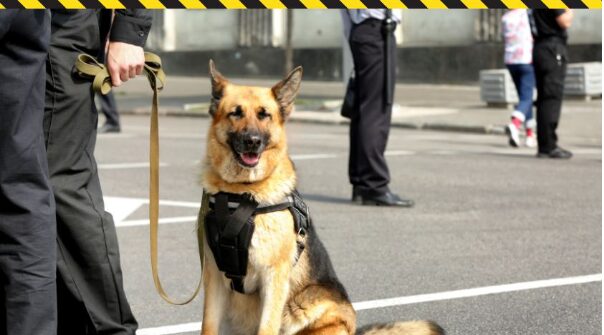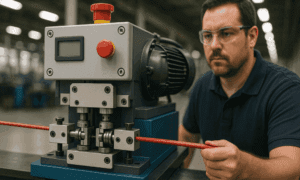Dog owners across the UK are always looking for effective ways to train their four-legged companions. While basic obedience classes can work wonders, some of the most effective training techniques come from an unexpected place: the police force.
Police dogs, or K9 units, undergo some of the most rigorous and successful training programmes in the world. Although these dogs are prepared for highly specialized roles such as search and rescue, detection, and public order work, many of the principles behind their training can be adapted for everyday pet owners who want a well-behaved, confident dog.
In this article, we explore key lessons from police dog training that you can easily apply at home to improve your dog’s behaviour, focus, and obedience.
Start with Clear, Consistent Commands
Police dog handlers always use short, consistent commands that are easy for the dog to understand. Common commands like “sit,” “stay,” “heel,” and “down” are taught with a clear tone and reinforced immediately with rewards.
Tip for Pet Owners: Choose a simple vocabulary and stick to it. Avoid switching between phrases like “come here” and “over here,” which can confuse your dog. Consistency builds understanding and faster responses.
Reward-Based Training is Key
Modern police dog training focuses heavily on positive reinforcement. Dogs are rewarded with treats, toys, or affection the moment they perform a task correctly. This strengthens the desired behaviour and creates a positive association with learning.
Tip for Pet Owners: Find what motivates your dog the most — be it treats, a favourite toy, or a belly rub — and use it to reinforce good behaviour consistently.
Short, Focused Training Sessions
Police dogs don’t spend hours drilling the same tasks. Instead, they are trained in short, high-energy bursts that keep them engaged and prevent boredom.
Tip for Pet Owners: Limit training sessions to 5–10 minutes at a time, especially with young or energetic dogs. Several short sessions throughout the day are far more effective than one long, tiring session.
Socialisation is Non-Negotiable
Police dogs are exposed to a variety of environments, people, and other animals from a young age. This ensures they can remain calm and focused no matter where they are or what distractions arise.
Tip for Pet Owners: Make socialisation part of your dog’s daily routine. Introduce them gradually to new environments, sounds, people, and other dogs to build their confidence and reduce anxiety.
Build a Strong Bond
The bond between a police dog and its handler is based on trust, respect, and mutual understanding. This relationship is the foundation of successful training and operational effectiveness.
Tip for Pet Owners: Spend quality time with your dog outside of training. Play, explore, and relax together to strengthen your bond and build trust.
Equip Your Dog for Success
While training and trust are essential, having the right gear can also make a big difference. High-quality leads, collars, harnesses, and even tactical-style accessories can aid in training and improve control during walks or activities.
If you’re interested in finding professional-grade equipment at discounted prices, visit Police Discount Offers, where you can explore a range of products ideal for active dogs and their owners.
Building Lifelong Skills Together
Training your dog doesn’t have to be a daunting task. By applying proven techniques from the world of police dog training — consistency, positive reinforcement, socialisation, and building a strong bond — you can nurture a well-behaved and confident companion.
Whether your goal is simple obedience or preparing for more advanced activities, a little discipline and the right approach can go a long way. And just like the K9 teams serving communities across the country, the rewards for you and your dog are well worth the effort.



































